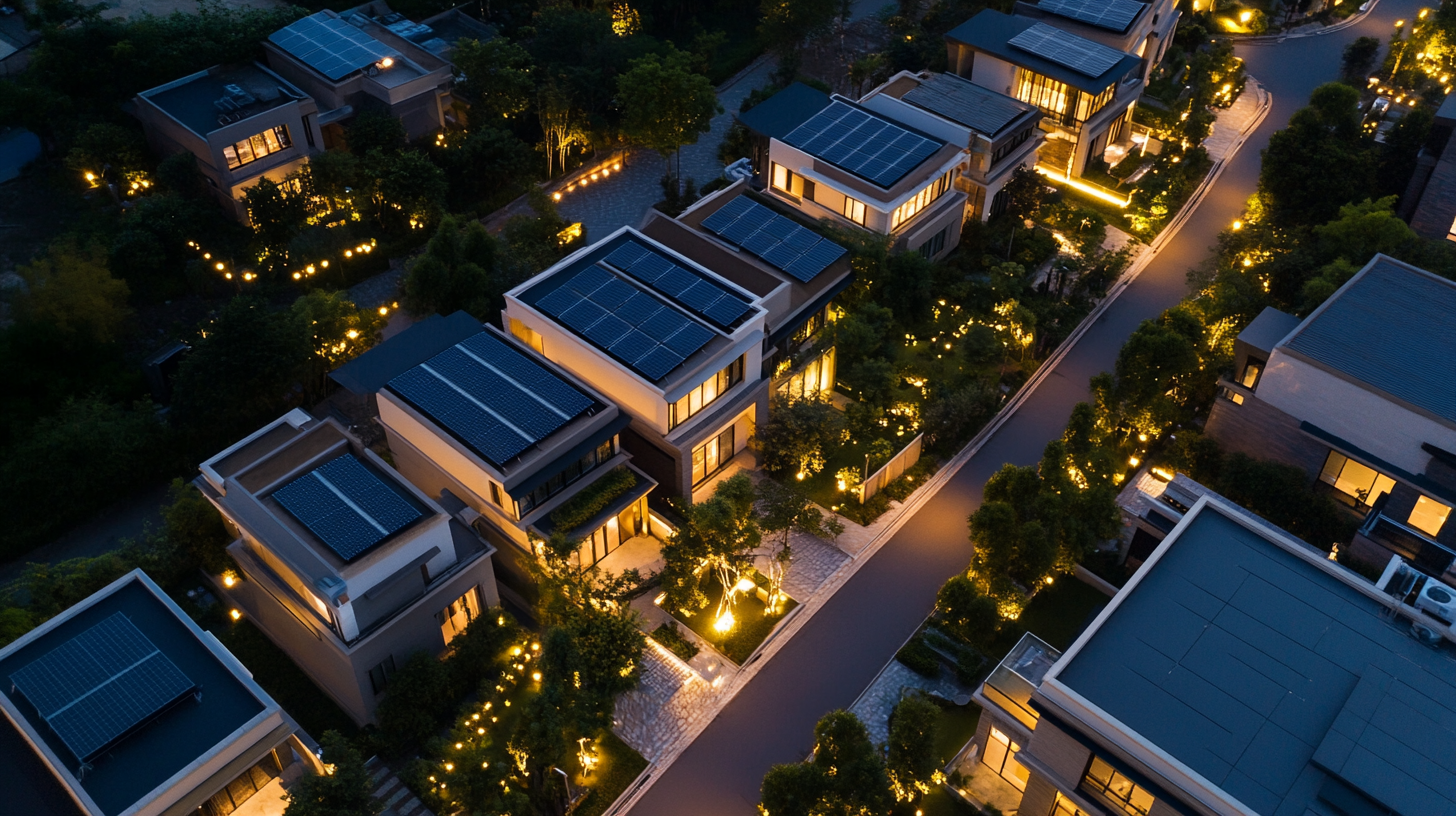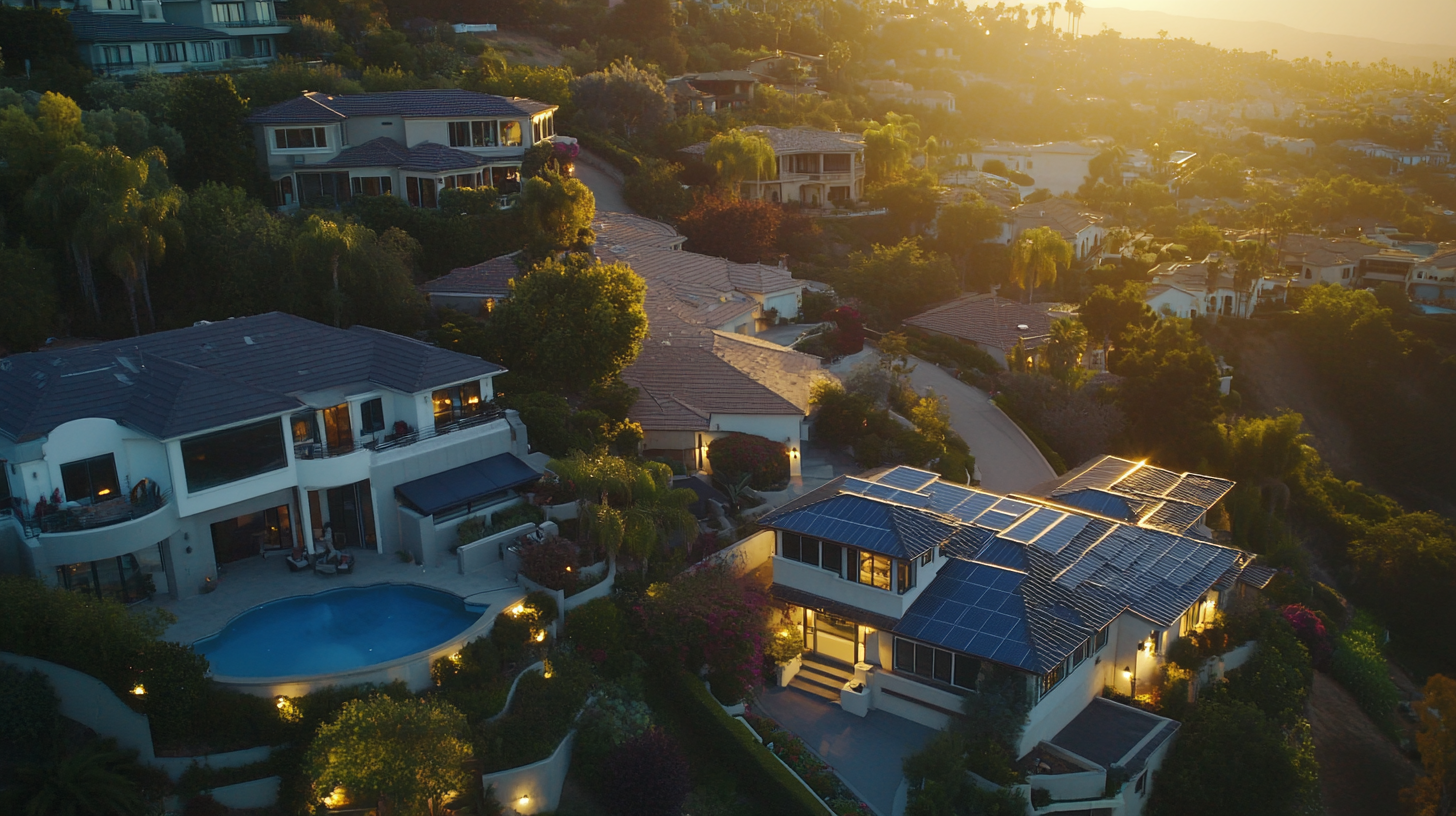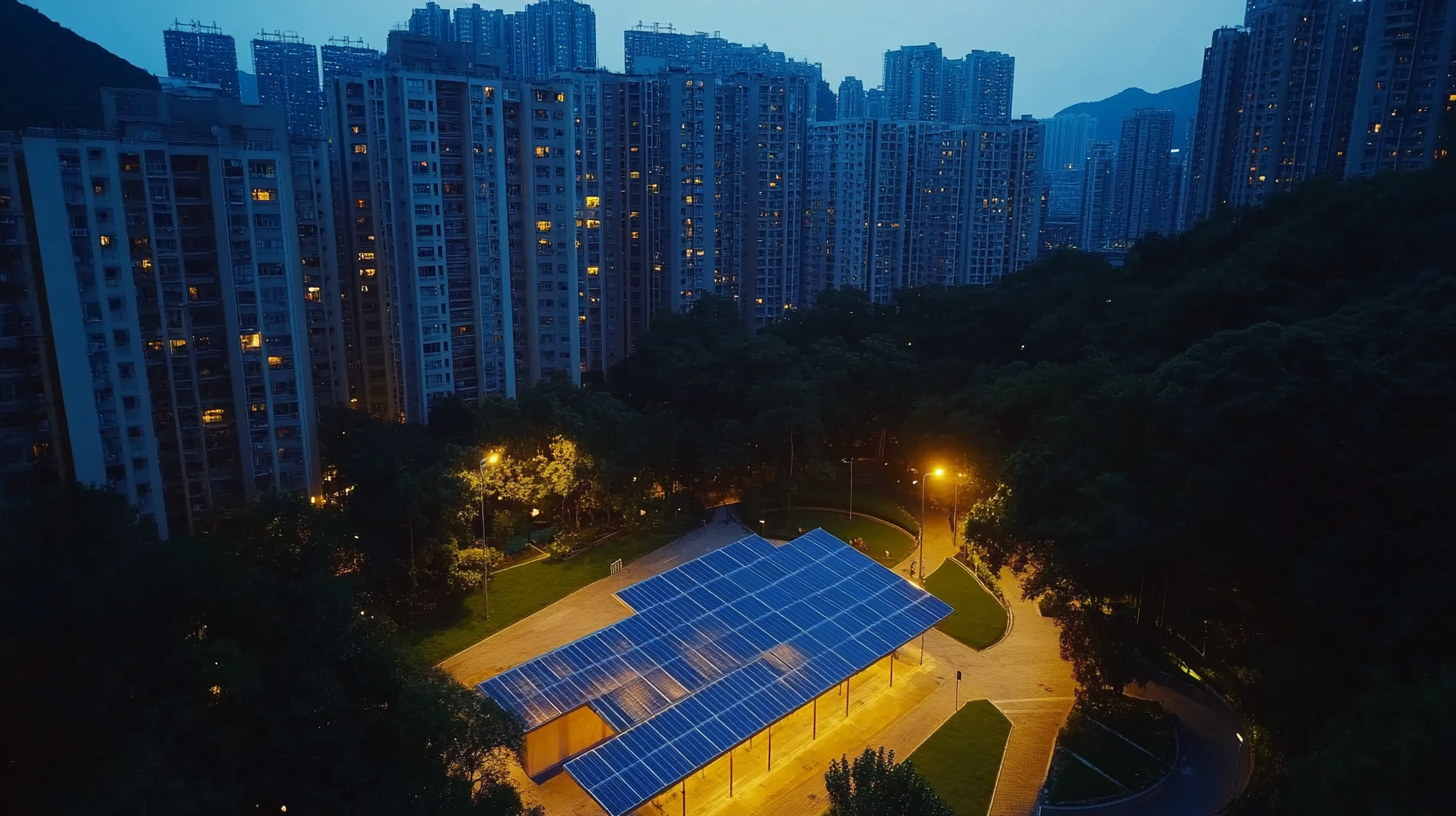The Definitive Handbook to Solar Powered Outdoor Lights for Global Buyers: Key Insights and Data
In recent years, the increasing demand for sustainable energy solutions has ushered solar powered outdoor lights into the spotlight. These innovative lighting options not only provide illumination for pathways, gardens, and patios but also significantly reduce electricity costs while minimizing environmental impact. As global awareness of climate change and energy conservation grows, more consumers are seeking efficient and eco-friendly alternatives for outdoor lighting, making solar powered outdoor lights a preferred choice for homeowners and businesses alike.
This comprehensive handbook aims to equip global buyers with essential insights and data regarding solar powered outdoor lights. By exploring the latest advancements in solar technology, examining different product categories, and highlighting key features to consider, we will help you make informed purchasing decisions. Whether you're looking to enhance your outdoor aesthetics or simply looking to cut down on energy bills, our guide will serve as your go-to resource in navigating the dynamic market of solar powered outdoor lights.

Understanding Solar Power Technology: A Guide for Outdoor Lighting
Solar power technology has transformed the landscape of outdoor lighting, providing an eco-friendly and energy-efficient alternative to traditional electric lights. At the core of solar-powered outdoor lights is the photovoltaic (PV) cell, which converts sunlight into electricity. When sunlight hits the PV cells, it excites electrons, creating an electric current that charges the built-in batteries. This stored energy is then utilized to power the lights during the evening, making solar lights a sustainable choice for illuminating gardens, pathways, and patios. Understanding the components of solar-powered outdoor lights is crucial for global buyers. These lights typically consist of a solar panel, a battery, an LED bulb, and a light sensor. The solar panel’s ability to capture sunlight effectively determines the overall efficiency of the system. Buyers should consider factors such as the quality of the solar panel and battery capacity, as these will influence how long the lights can run after sunset. Additionally, features like automatic on/off sensors enhance usability by ensuring that lights only operate when needed, conserving energy while providing safety and visibility. For those looking to invest in solar outdoor lighting, it’s essential to assess the specific needs of the space being illuminated. From motion sensor options that enhance security to decorative designs that add aesthetic value to a garden, the versatility of solar-powered lights caters to various preferences. With advancements in technology, today's solar lights are more durable and efficient, making them a viable solution for environmentally conscious consumers eager to reduce their carbon footprint while enjoying the benefits of outdoor lighting.

Benefits of Solar Powered Outdoor Lights: Environment and Cost Savings
The shift towards solar-powered outdoor lights presents unparalleled benefits for both the environment and consumers seeking cost savings. Recent data indicate that traditional outdoor lighting fixtures, primarily reliant on fossil fuels, contribute to approximately 25% of global CO2 emissions from the lighting sector. In contrast, solar-powered lights harness renewable energy, reducing greenhouse gas emissions significantly. According to a report by the International Renewable Energy Agency (IRENA), transitioning to solar-powered lighting can lower carbon footprints by up to 80% in urban areas, showcasing a substantial step toward sustainable living.
In terms of cost savings, the advantages of solar-powered outdoor lights are compelling. A study conducted by the U.S. Department of Energy reveals that homeowners can save an average of 50% to 75% on electricity bills related to outdoor lighting by switching to solar options. Furthermore, solar lights require minimal maintenance and come with long-lasting LEDs that typically last up to 25,000 hours, thereby cutting down replacement costs and frequency. As the initial investment in solar lighting systems tends to be recovered within 5 years through energy savings and reduced maintenance expenses, the long-term financial benefits are clear.
The scalability and accessibility of solar technology make it an attractive option for global buyers. With the global solar lighting market projected to reach approximately $10 billion by 2025 (according to ResearchAndMarkets), the drive towards solar energy adoption is influencing both commercial and residential spaces. These figures highlight the growing recognition of solar-powered outdoor lighting as a viable solution, promoting energy efficiency while providing substantial economic incentives.

Key Features to Consider When Choosing Solar Outdoor Lights
When selecting solar outdoor lights, several key features should be meticulously considered to ensure optimal performance and satisfaction. Firstly, the brightness level, measured in lumens, is crucial. Buyers should assess their specific needs—whether for pathway illumination, security lighting, or decorative purposes—as brightness can vary significantly among different models. Generally, a higher lumen count signifies a brighter light, making it essential to choose accordingly for the intended application.
Another important feature is the battery capacity, which determines how long the lights will last after sunset. Look for solar lights equipped with high-quality rechargeable batteries and a good storage capacity, ensuring that they can endure through the night, especially during cloudy or rainy days when solar charging might be less efficient. Additionally, consider lights with adjustable settings that allow users to modify brightness levels or operational modes, providing flexibility for varied lighting needs.
Durability and weather resistance are also paramount, as outdoor lights must withstand diverse environmental conditions. Materials such as stainless steel or high-quality plastic are preferred for their resilience, while an IP rating will indicate the level of protection against dust and water exposure. Finally, features like motion sensors or remote control functionality can enhance convenience and security, offering functionality that adapts to changing outdoor scenarios. With these considerations, buyers can choose solar outdoor lights that not only illuminate their spaces but also stand the test of time.

Market Trends and Innovations in Solar Lighting Solutions
The solar lighting market is experiencing remarkable growth driven by increased demand for sustainable and energy-efficient solutions. A recent report by the International Energy Agency (IEA) estimates that the global solar lighting market is expected to grow at a CAGR of 15% from 2021 to 2026. This surge is largely fueled by advancements in solar technology, including improvements in photovoltaic efficiency and battery storage capabilities. These innovations enable solar lights to operate effectively even in low sunlight conditions, extending their usability throughout the year.
Moreover, the trend towards smart solar lighting is reshaping the industry. According to a study by Markets and Markets, the smart lighting segment within the solar lighting market is anticipated to reach a value of $15 billion by 2025. This growth is propelled by the integration of Internet of Things (IoT) technologies, which allow for remote monitoring and automated control of lighting systems. As consumers become more environmentally conscious, the demand for intelligent, eco-friendly solutions aligns with global goals for sustainable development.
Additionally, urbanization plays a crucial role in shaping market trends. The United Nations projects that by 2050, 68% of the world’s population will reside in urban areas. This shift prompts cities to invest in solar-powered outdoor lighting as part of their smart city initiatives, contributing to enhanced public safety and reduced energy costs. Reports indicate that municipalities adopting solar lighting solutions can cut energy expenses by 30% to 50%, making it an attractive option for budget-conscious governments looking to improve urban infrastructure.
Buying Tips for Global Consumers: Where and How to Purchase Solar Lights
When it comes to purchasing solar powered outdoor lights, global consumers have a wealth of options at their fingertips. Whether you are enhancing your garden, illuminating pathways, or creating a cozy outdoor atmosphere, knowing where to look can make all the difference. Online marketplaces like Amazon and eBay offer a vast array of solar lights from various brands, allowing users to compare features, prices, and customer reviews conveniently. Additionally, specialized outdoor lighting retailers often provide expert guidance and a curated selection, making it easier to find the right fit for your needs.
Another great tip for global buyers is to consider local regulations and climate conditions. Certain regions may have restrictions on the type of outdoor lighting used, while varying weather patterns can impact the performance and longevity of solar lights. For instance, areas with less sunlight may require lights with larger solar panels or more efficient batteries. Checking for certifications and warranties can also ensure that the lights you invest in will stand the test of time and provide reliable lighting.
Finally, take advantage of social media and forums dedicated to energy-efficient products. These platforms often feature user-generated content, showcasing real-life experiences and insights that can guide your purchasing decisions. Engaging with communities can reveal hidden gems and lesser-known brands that may offer better value or features than mainstream options. Ultimately, the key to successfully buying solar powered outdoor lights lies in thorough research and an understanding of your specific needs.

